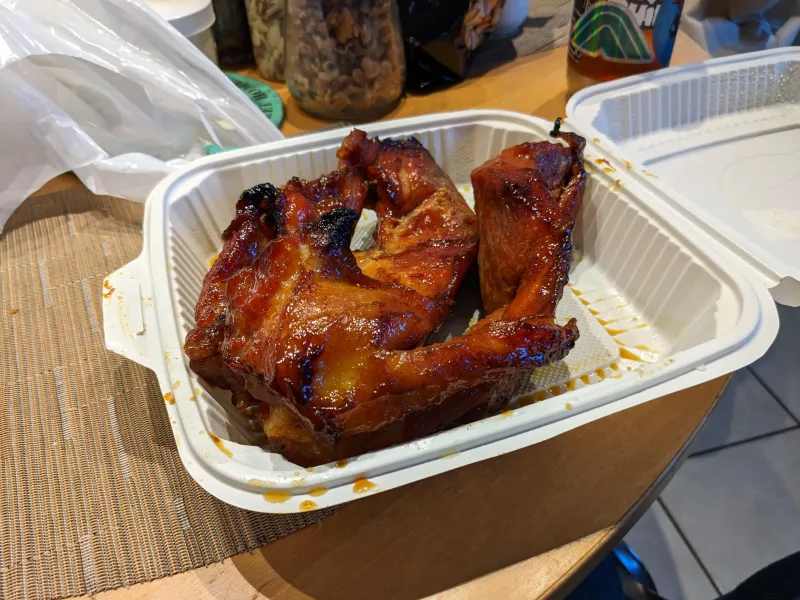Noriega >> Irving >> Golden Gate Park >> Balboa >> Golden Gate Park >> Noriega
I take a brisk walk, two blocks, down the hill to the dentist office on the corner. I’m rushing, I’m five minutes late, I hate being late, I don’t want to let down the dentist or the receptionist, especially after the bombardment of reminders in the weeks leading up to my appointment.
My dentist today is Dr. Lee. It’s always a different dentist. The head dentist who owns the practice has a rotating cast of trainees and recent graduates that come through, never staying more than the 6 months between my appointments. She tries to talk to me. I get it, it’s good to build a doctor and patient relationship, but again, I’ll probably be seeing someone new in 6 months.
I’ve been at the same practice for the last 20 odd years, the same dentist, Dr. Louie. His daughter, Dr. Jackie, might take up the practice after he retires so maybe I’ll still be here in another 20 years.
The place hasn’t aged a day since my childhood, besides the introduction of some plastic shields, following standard COVID procedure. Still the same four waiting room chairs, none of which I’ve ever seen fully occupied. Still the same over head light, above the same electric dental chair, although this time I notice the rusted bolts on the light’s crane arm. Intrusive thoughts invade my mind as Dr. Lee prods my gums. Twenty years has to be a lot of wear… I wonder if that thing might fall off it’s adjustable track and crush my balls.
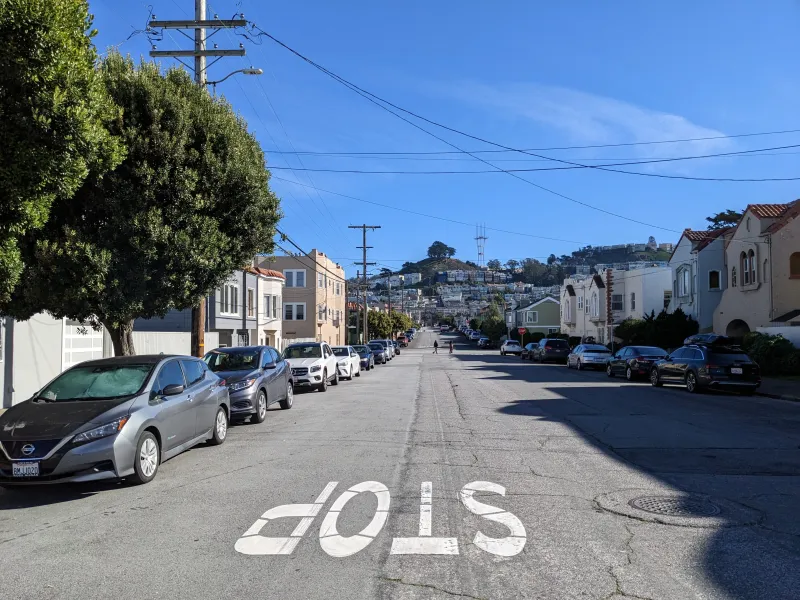
It’s lunch time. My dental insurance doesn’t cover fluoride anymore so no more waiting a half hour before I can eat. Good thing since it’s only a 20 minute walk down to Irving. No location in mind, just looking for something good to eat.
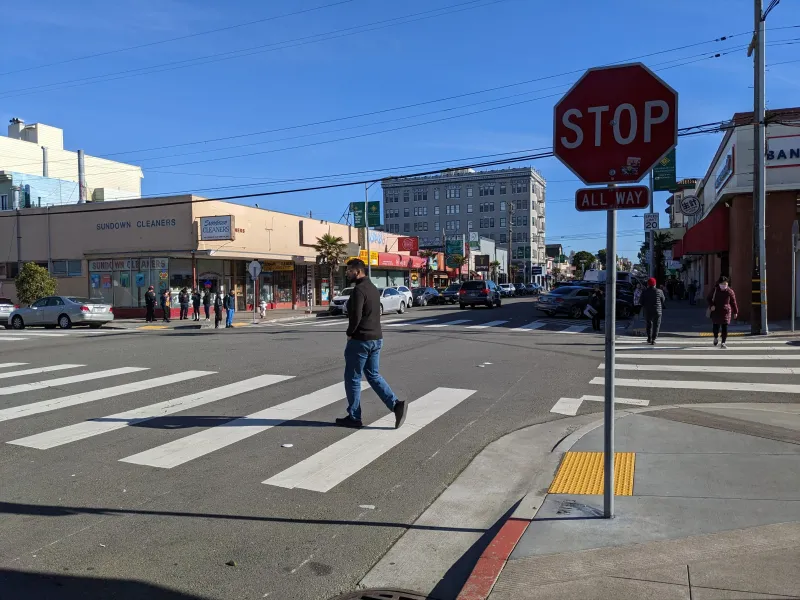
The Sunset district is kinda like San Francisco’s second Chinatown. Noriega is one part, Irving is another, Judah and Taraval round it out. I stick out a bit, the one younger Asian dude in a throng of older Chinese folk. A lot of people are out today, likely shopping for the upcoming Lunar New Year.
Passing by Uncle Benny’s Donuts, I stop into Pho Huynh Hiep 2 (a.k.a Kevin’s Noodle House). My usual order is vermicelli with bbq pork and egg rolls. My grandma would make this same dish for us when I was growing up (sans the egg rolls). My dad would come home with ziploc bags full of white noodles, tupperware containers of bbq beef and shrimp, fresh mint and herbs in sandwich bags, homemade fish sauce complete with bright orange carrots suspended in glass jars, and my favorite garnish, homemade deep fried onions. It’s a comfort food for me, one of the few connections I have to my Vietnamese-Chinese heritage.
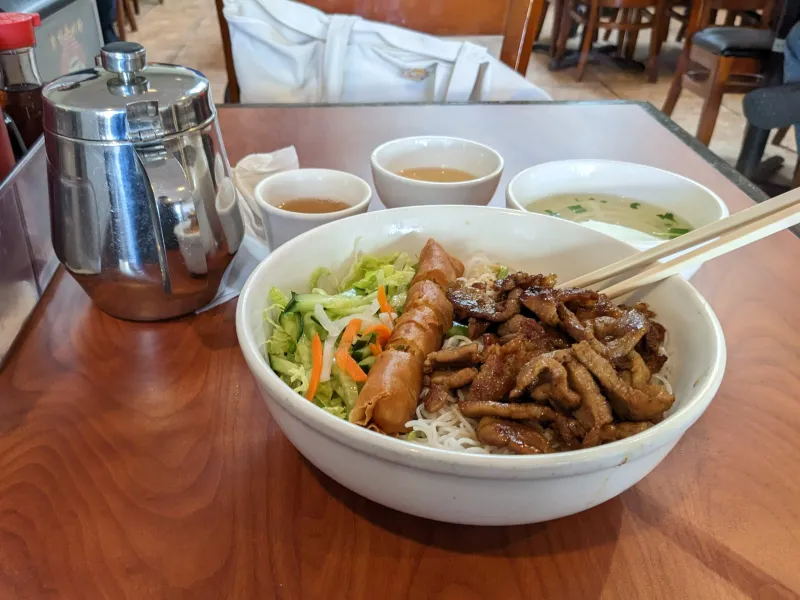
Lunch comes with a bowl of soup. Do you drink your soup before or after the meal? I’ve always asked this question and there’s no consistent consensus. Usually, at restaurants, soup comes first, probably because it’s quick to make. At home, soup usually comes after the meal, but that also changes from time to time. I’ll let you guess what I did this time.
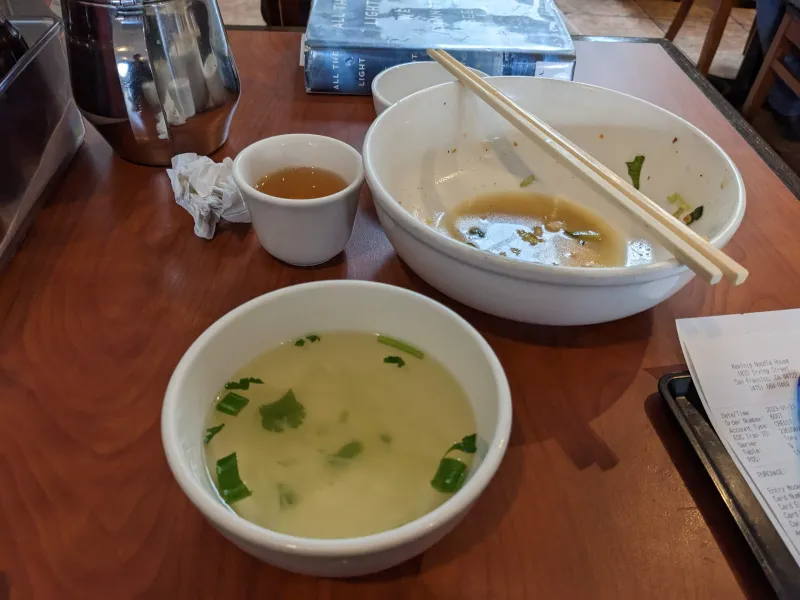
Passing back to Uncle Benny’s Donuts, the allure of sugar pulls me in. In the past, I dated a girl who’s In n Out order was always two burgers, one for the walk home and one to eat at home. In the present, I slip into a chair with two original glazed donuts and a Vietnamese iced coffee. One donut to eat here, one later for the walk home.
I have a soft spot for donut shops. Throughout my travels in California, the person behind the counter is usually Asian, probably an immigrant, selling donuts for a better life. It reminds me of all the Chinese immigrants I grew up around. Uncles and Aunties in a foreign land, just trying to get by.
How would I describe these donuts?
It’s soft but it’s chewy, it’s got that Krispy Kreme crackly frosting. Kinda cold inside which gives it a nice silky mouth feel. It’s fluffy, cakey, not cakey like Top Pot’s donuts, but pretty close. It’s good.
I say this into my Pixel’s voice recorder app. On these walks, I’ll record thoughts as they come to mind. Gathering notes to be reviewed, compiled, and given life in these blog posts. I’ve considered publishing the raw sound files before. Unfortunately, I don’t think it would make good content since I tend to ramble, but maybe it could be good Patreon content if I ever get that far. Google’s voice recorder does a pretty good job of transcribing my verbal notes which helps speed up the process of organizing these thoughts as I write.
The donut and sweet sweet coffee fills me with guilt. Definitely too many calories in too small an amount of time. A walk through the park seems like a fair sentence to atone for my caloric crimes.
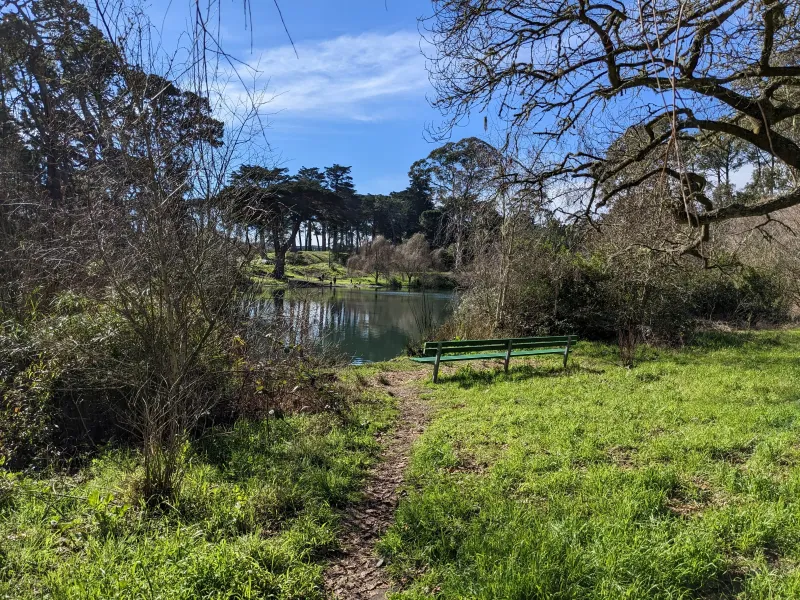
Lots of streets in San Francisco were closed to vehicular traffic during the pandemic. One of these streets is JFK Drive, a winding road that divides Golden Gate Park into two uneven halves. Last year, San Francisco voted to permanently close this section of JFK and allow it to remain a public walking space. This is my first time coming down JFK since it became a walking space but I have fond memories of COVID times and walking down other closed streets.
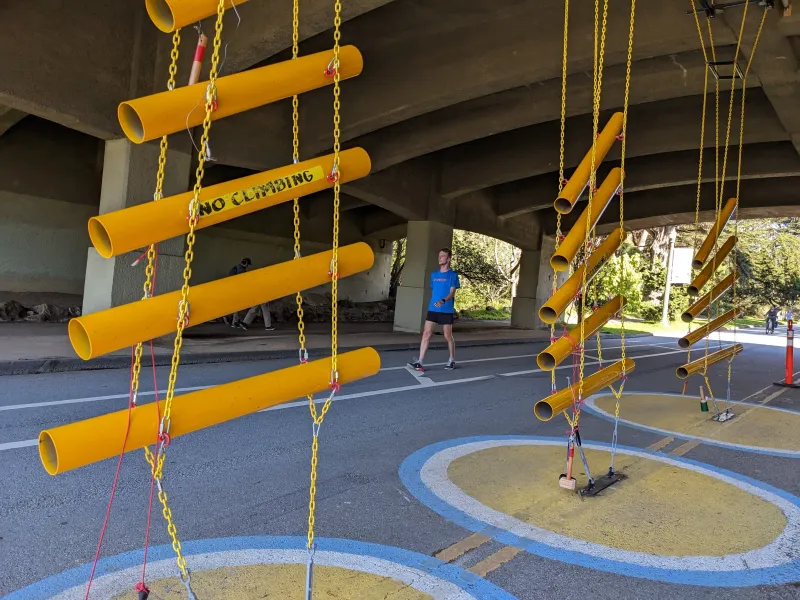
As a climber, I found the “No Climbing” sign amusing.
Onward, into Richmond, for more coffee. Never too much coffee.
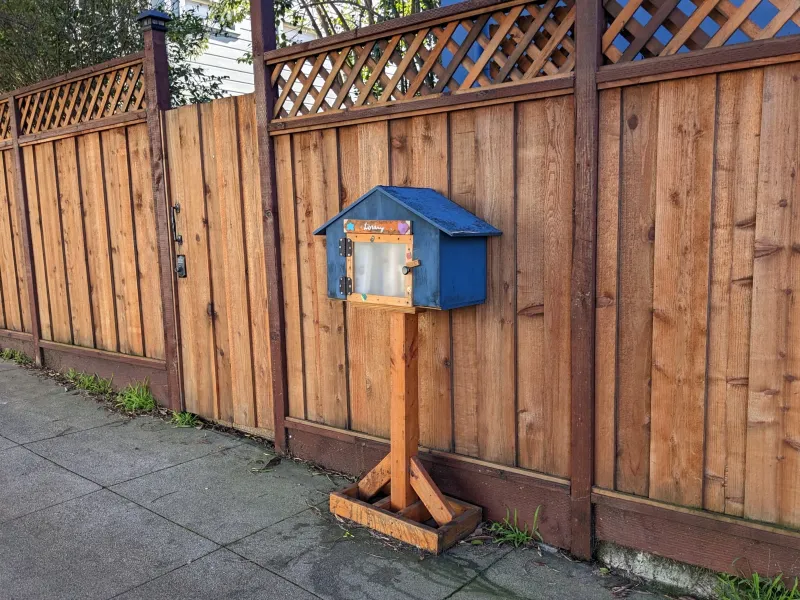
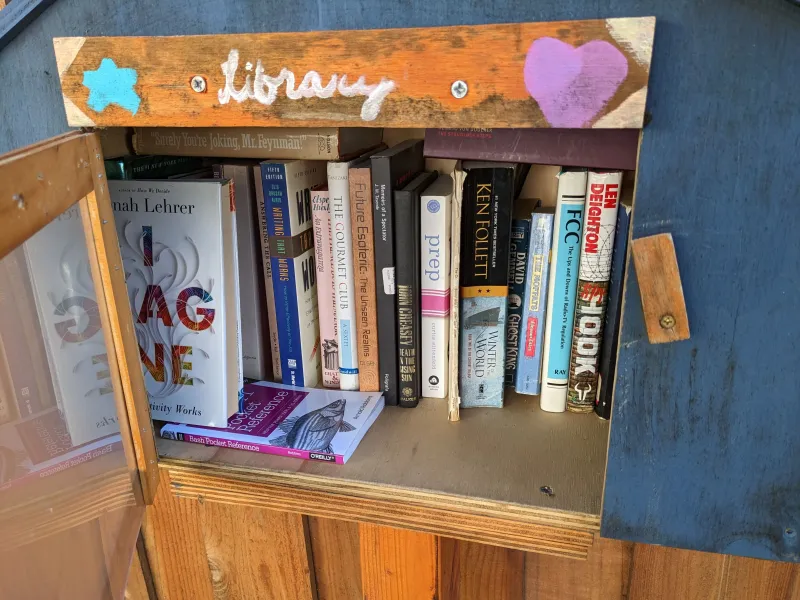
Balboa (Richmond District)
He comes down the street, recognizing the classic beige 70’s style VW bus. It brings back fond memories to the previous year, the first time he saw that bus on his first visit to the Coffee Movement near China Town.
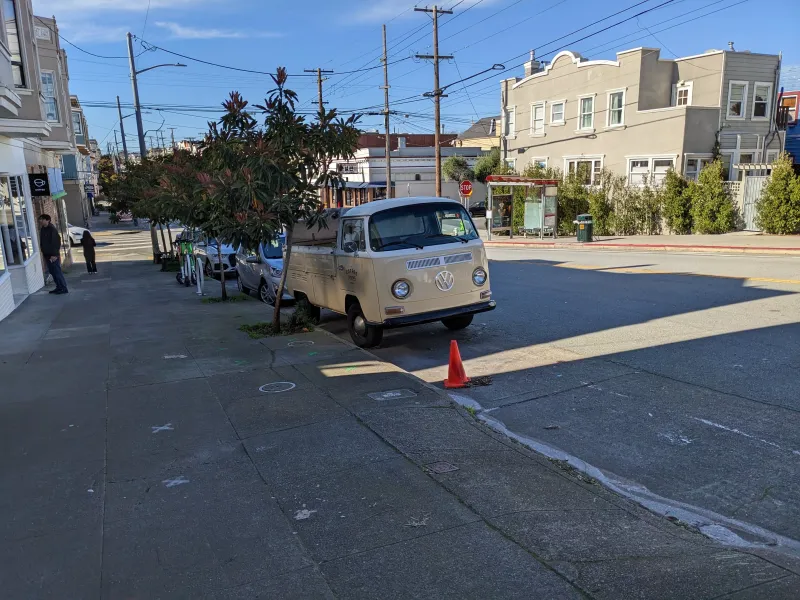
Nearing the entrance, he sees there’s a line. There’s always a line. But that’s a good sign. Good things are always worth waiting for.
He waits behind a man in full black denim, jacket and trousers, ending in black leather boots with shining silver trim. The neo-punk hipster aesthetic is a stark contrast to the soft pastel minimalism of the coffee shop’s decor.
As he cross the threshold, the boy is suddenly and painfully aware of the Coffee Movement tote in his hand. Foreign judgment invades his mind. Do I look like a tool bringing the merchandise of the store to the store that I got it from? But just as quickly, he dismisses the thought, no need to dwell on what may or may not be the trivial judgment of others.
In the shop, on the back wall are two oak wooden shelves holding an array of neatly stacked glass cups and ceramic mugs. In front of the shelf is a white counter with inbuilt espresso machines and milk frothers. A line of baristas operate the equipment. Working together, they form a conveyor belt operation. Takes your order, pass it on. Pulls the shot, pass it on. Steam the milk, pass it on. Pour the latte art, pass it on. Takes your payment, pass it on. Like a well caffeinated machine.
Opposing the barista factory floor, are the large store windows, letting through the afternoon sunlight. He’s in luck, as a single open bar stool awaits at the end of the floating counter.
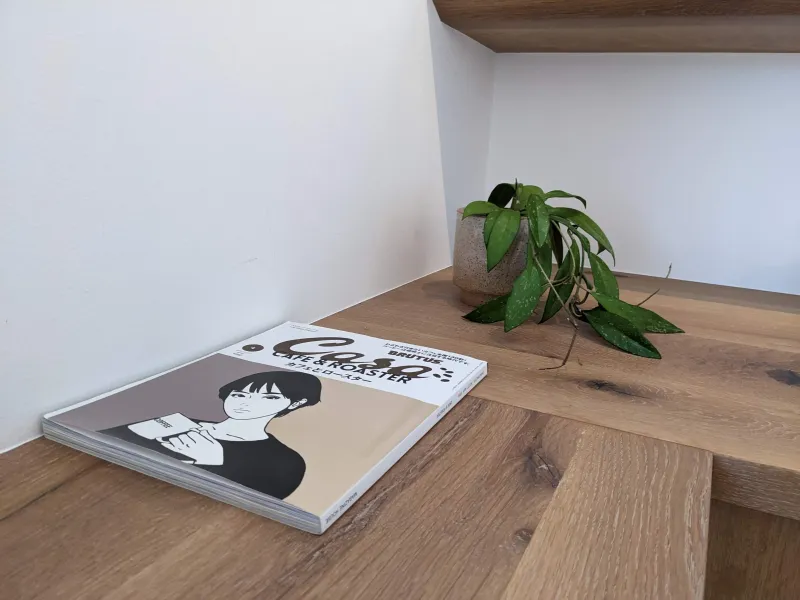
At his seat, he finds a thickly bound glossy Japanese coffee magzine [0], as if placed just for him. From years of reading manga, he knows to start reading right to left, thumbing through [1] the pages of minimalist cafes, hard working roasters, and pastel colored pour over cones. This is his appetizer for the upcoming full course of reading World War II historical fiction. Opening his novel, the din of the baristas and other guests fades away as he loses himself in the pages of All the Light We Cannot See, transported to the ocean side town of Saint Malo.
Notes
I hope you enjoy my try at a third person narrative style. It’s a departure form my typical first person narration but I want to try something akin to the style that I’m currently reading. It’s been awhile since I’ve read fiction and I’ve been enjoying it alot. It’s fun to read and it’s fun to try to emulate in my writing.
[0] My original inspiration for writing these walking blog posts was Craig Mod’s TOKIO TŌKYŌ TOKYO which was a week long pop-up newsletter where Craig walks through Tokyo, always ending his day at a Kissa or coffee shop or home to give away a copy of his photo book, Kissa by Kissa. The book is in English, which he often has to apologize for as the people he gives the book to are Japanese. This is in contrast to this colorful coffee magazine I found at Coffee Movement. Instead of an English book in Japan, it’s a Japanese magazine in America. Like the photo book, the magazine is filled with photos of coffee roasters, grinders, pour over cones, and associated stories all in unintelligible Japanese. I found this reversal quite amusing.
By the way, Craig is currently doing TOKIO TŌKYŌ TOKYO² which I would highly recommend you sign up for. There’s only a few days left for this edition of the newsletter.
[1] There’s something I love about being able to page through a physical book. I find such joy in being able to turn to a random page, to skim through the chapter titles and get a feeling for a book before I dive in.
Back to Noriega
I make my way back through Golden Gate Park, taking 30th street through the Sunset, heading back to Noriega. On the way, I pass by Lawton Elementary School. Groups of parents are picking up their children, asking about their day at school. School on a Saturday? But I don’t actually understand a word they say, it’s all Japanese. Must be Japanese Saturday School.
As a kid, I went to Chinese Saturday School. I hated it, a weeks worth of classes crammed into a single day, then a weeks worth of homework which of course I’d procrastinate on until the last day. But as I got older, I started wanting more and more to reconnect with my cultural roots. I took a community college Chinese course in High School. In college, I studied for a summer in Taiwan. But even after all that, unfortunately, I’m still mostly illiterate when reading Chinese. Fluency is still a pipe dream that I keep telling myself will someday happen. Most importantly, I want my children to be able to speak Chinese. I don’t want my family’s culture to die in a single generation. I want my children to know our holidays and the foods that we eat on those days. I want my children to love the foods my parents taught me to love.
叉燒
In the shop window are glistening whole roast ducks and chickens hanging from their necks on metal hooks, heads still attached. Racks of perfectly barbecued pork ribs with crispy blistered skin lay in the trays below. The soy sauce sweet smell of the cha siu glaze wafts out the door. Wooden cutting boards reverberate as the two middle aged Chinese butchers, one fat, one thin, swing away with enormous cleavers, chopping the meat into bite-sized morsels of crispy skin hiding soft meat interleaved with juicy fat.
He gets in line. The line is long but orderly, filled with older Chinese men and women, here to pick the nights family dinner. It’s Chinese New Year Eve.
Finally, at the front of the line the thin butchers yells above the din in Cantonese.
“What do you want?”
The boy responds in Mandarin. “Do you still have BBQ Pork?”
“Wait a bit”
And he gets pushed down the line to a younger Chinese woman with straight dyed brown hair who takes his order. Looking at his young complexion and American dress style, she immediately switches to English.
“What do you want?”
In a mix of English and Cantonese he says “Can I get Cha Siu?”.
“You’ll have to wait a bit, cut or no cut?” she responds in English.
“No cut.” this time in English.
“How much?” she asks, again using English.
“Two pounds” he responds in Mandarin.
But she doesn’t take him seriously, already she’s moving on to the man with thinning hair behind him, old enough to be his father. The older man asks for the same thing, a pound of BBQ pork. But she takes the middle aged man seriously, he gets a ticket with his waiting number. The boy feels invisible, where was his ticket? It’s as if the counter lady couldn’t believe that a kid like him would actually want to buy this food. After standing for a short eternity, she finally notices him again and scrawls quickly a number, 9, before handing it across the counter. He steps back, making room for an older Chinese lady who again makes the same order, Cha Siu. She gets a wait time, 10 minutes, which the boy is able to understand with his rudimentary Cantonese. The throng of older Cantonese folk stand around the American boy. Some are speaking in English, others are yelling in Cantonese. There’s tension in the air, everyone is waiting for the same thing.
As they wait, multiple whole suckling pigs are carried out. An entire rack of pork ribs with shiny craggly crispy skin. It’s Chinese New Year Eve.
Finally, after 15 minutes, a man walks out of the kitchen holding several logs of meat hanging from hooks. The flesh is a caramel brown, fading on one end to charcoal black, and on the other side, to an ombre reddish hue. The room fills with the aroma of sweet soy glaze.
“Number One!”
And Number One walks up with his ticket outstretched. The tension rises. The crowd surges forward but the boy hangs back, patiently biding his time, unwilling to associate with the disorderly Chinese stereotype. But he’s wrong, it is a crowd, but it’s orderly, each person waits their turn, for their number to be called, and soon enough, it’s his turn.
“Number Nine!”
It’s his turn now to push through the crowd of older Cantonese folk, to the glass counter top, to his trophy, the prize for the hour long wait. It’s Chinese New Year Eve.
